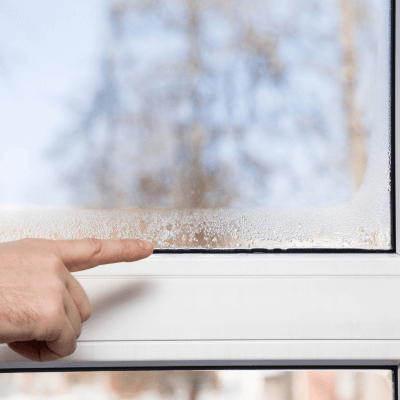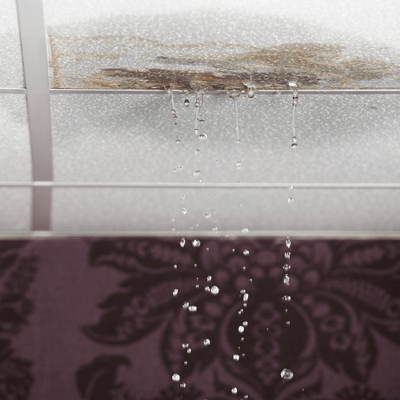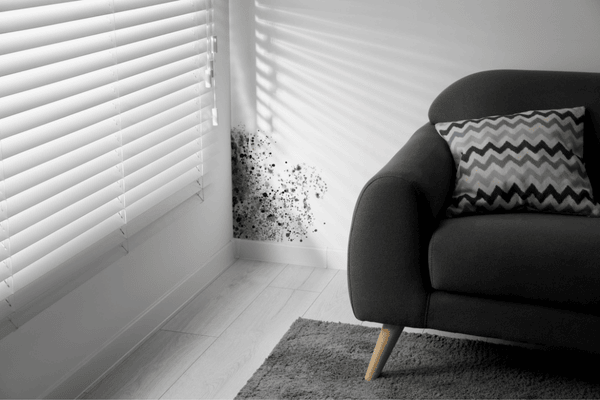Few household problems are as frustrating—or as potentially harmful—as discovering mold growing in your home. More than just an eyesore, mold can worsen allergies, trigger respiratory problems, and even cause structural damage if left unchecked. If you’ve noticed musty odors, strange stains on your walls, or persistent allergy symptoms, you might be dealing with a hidden mold problem.
If you know the causes of mold, you can be proactive and prevent it from showing up in the first place. Mold thrives in damp conditions, and if moisture-related issues aren’t addressed quickly, an infestation can spread before you even realize it. Whether you’re a homeowner, renter, or property manager, learning how to prevent mold before it starts can save you time, money, and stress.
In this comprehensive guide, we’ll break down:
- The science behind mold and why it spreads
- The most common causes of mold in homes
- Effective strategies to get rid of mold and prevent regrowth
- Best practices for long-term mold prevention
Let’s dive in!
Mold 101: What It Is and How It Spreads
Mold is a type of fungus that thrives in moist, warm environments. It reproduces through microscopic spores that are present almost everywhere—indoors and outdoors. These spores travel through the air and settle in areas that provide the perfect conditions for survival.
Key factors that contribute to mold growth include:
- Moisture: Mold requires a damp environment to grow. Even slight condensation or high humidity can be enough to create problems.
- Warmth: Mold prefers temperatures between 60-80°F, which are common indoor conditions in most homes.
- Organic materials: Mold feeds on materials like wood, drywall, carpets, upholstery, and even dust or insulation.
Because mold spreads via airborne spores, it can become a persistent issue if moisture control isn’t prioritized. Once mold starts growing in one spot, spores can rapidly travel to other areas, leading to widespread infestations.
Read more from the blog: How Mold Spreads: Know the Science to Stop Mold in Its Tracks
The Leading Causes of Mold in Homes and How to Address Them

1. Excess Moisture: The #1 Cause of Mold in Homes
Moisture is the primary reason for mold growth. High moisture levels, whether from leaks, flooding, or humidity, create the ideal conditions for mold in homes. Left unchecked, even a small amount of trapped moisture can turn into a serious mold problem.
Common sources of moisture leading to mold:
- Leaky roofs, pipes, or plumbing fixtures
- Standing water from floods or basement leaks
- Condensation on cold surfaces like windows or walls
- Poor drainage around the foundation
- High indoor humidity from cooking, showers, or drying clothes indoors
Solution: To prevent mold, identify and address moisture sources immediately. Fix leaks, dry wet areas within 24-48 hours, and invest in water-resistant materials in moisture-prone areas.
Read more from the EPA- A Brief Guide to Mold, Moisture and Your Home.
2. Hidden Water Leaks: The Silent Problem
One of the biggest challenges with mold in homes is that it can develop out of sight. Hidden water leaks inside walls, under flooring, or behind appliances can allow mold to grow unnoticed for weeks or even months.
Signs of hidden moisture problems that could lead to mold:
- Unexplained musty odors
- Peeling or bubbling paint
- Discoloration or water stains on walls and ceilings
- Sudden increase in water bills
Solution: Conduct regular inspections, especially in basements, attics, and around plumbing. Use moisture meters to detect water leaks inside walls before visible mold appears.
3. High Indoor Humidity: Mold’s Best Friend
Even without leaks, high humidity can lead to mold growth. Indoor humidity levels above 60% create condensation on walls, windows, and ceilings, allowing spores to settle and thrive.
How to reduce indoor humidity:
- Keep humidity between 30-50% using dehumidifiers
- Turn on exhaust fans when cooking or showering
- Avoid drying clothes indoors
- Ensure HVAC systems are working properly
4. Poor Ventilation: Stagnant, Damp Air
Lack of ventilation can trap moisture inside your home, worsening conditions for mold in house. Certain rooms—like bathrooms, kitchens, and basements—often lack natural airflow, making them hotspots for mold growth.
How to improve ventilation:
- Use ceiling or exhaust fans in high-moisture areas
- Open windows regularly to allow fresh air circulation
- Rearrange furniture to prevent air stagnation
5. Damp Materials and Soft Surfaces
Water-absorbing materials like wood, drywall, carpet, and insulation are prime targets for mold. If these surfaces get wet and are not thoroughly dried, mold quickly takes hold.
Prevent mold in soft materials by:
- Drying damp carpets and upholstery within 24 hours
- Using mold-resistant drywall and insulation in high-moisture areas
- Replacing water-damaged ceiling tiles or flooring immediately
How to Prevent Mold Growth Before It Starts

1. Control Moisture: The First Line of Defense
Since moisture is the primary cause, controlling excess water and humidity is vital. Regularly check for leaks, condensation, and humidity issues before they lead to serious mold in homes.
2. Fix Leaks and Dry Wet Areas Immediately
Take quick action when leaks or spills occur. The longer moisture lingers, the more likely mold will start growing.
3. Improve Ventilation and Airflow
Encouraging air circulation prevents damp, stagnant conditions that promote mold. If necessary, invest in proper dehumidification systems.
4. Use Mold-Resistant Products
Install mold-resistant drywall, paints, and insulation in moisture-prone areas like bathrooms and basements for long-term protection.
5. Regular Home Inspections
Routine checks allow early detection of leaks, water damage, or areas at risk of mold growth, helping homeowners take preventative action before mold appears.
Read more from the blog: How to Prevent Mold and Protect Your Home After a Water Leak
Keep Mold Away for a Healthier Home
By understanding the causes of mold and following these prevention strategies, you can maintain a safe, mold-free living space. Controlling moisture, improving ventilation, and taking proactive maintenance steps are key to stopping mold before it starts.
At Howard Environmental, we specialize in unbiased mold inspections and testing services in the Austin area. We don’t offer remediation, ensuring you get 100% trustworthy assessments without upselling.
Concerned about mold in your home? Contact Howard Environmental today for expert mold testing and gain peace of mind knowing your home is safe.

